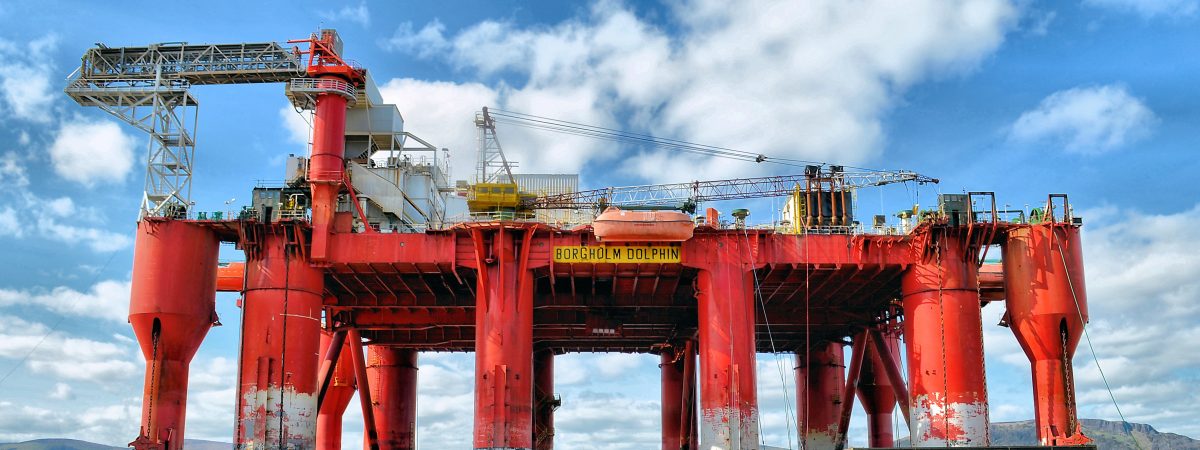Losses from Plant Failure
In our recent Blog, Calculating the cost of downtime, we outlined that a lack of oil and gas productivity results in losses of around US$200 billion each year globally. While there has been a recovery in oil prices over the past 18 months, dayrates for North Sea rigs remain high, keeping margins tight.
Despite the UK Oil & Gas Authority estimating in 2017 that UK reserves of 5.7 billion barrels of oil equivalent could sustain production from the UKCS for another 20 years or more, the continued successful development of this resource depends on operators optimising their performance.
Such wastefulness is not sustainable, and the industry is beginning to pay attention.
Cutting losses
As oil and gas firms modernise their operations, implementing data analytics and moving towards digital transformation, the first movers are starting to reap the rewards.
A 2018 study by the UK Oil & Gas Technology Centre (OGTC) included case studies from several major industrial operators.
By deploying a predictive asset performance management tool on a customer’s water injection system, GE was able to access disparate data sources, detecting a deviation in pump performance. The early warning allowed the customer to replace gearbox before the pump failed, avoiding US$60,000 in lost production.
Meanwhile, Australia’s Santos achieved 87% accuracy in predicting asset failure by implementing a predictive asset monitoring and alert system. The Industrial Internet of Things (IIoT) feeds provide early warning about plant failure, optimising maintenance scheduling.
Schneider Electric estimated in 2017 that by applying predictive maintenance, more than US$4 million of expenditure could be avoided just through the early identification of rotating machinery damage.
Failures in the headlines
Oil and gas plant failure can grab headlines by dint of the potential for significant environmental damage. There have been numerous high-profile incidents like the Deepwater Horizon disaster that may have been prevented by the implementation of predictive maintenance (PdM). The technical capability was insufficient at the time, but that is no longer the case.
According to the US Bureau of Safety and Environmental Enforcement, 1,129 offshore drilling equipment component failures were reported in 2017, with nearly 50% resulting in external leaks. Meanwhile, in the downstream, Norway’s Equinor had to shut in part of its gasoline production at the Mongstad refinery in December last year after an LPG leak.
The facility has been closed several times in the last two years because of leaks and a power outage.
Implementing a predictive maintenance (PdM) system would not have avoided 100% of these plant failures, but it would have prevented significant operator losses and leaks.
To learn more about how Spartan can provide advice about predictive maintenance, please get in touch.
